Water is essential to health and food production. Globally, nearly 2.1 billion people lack access to safe drinking water in their homes and about 4.4 billion lack access to proper sanitation, putting them at risk of disease. Coupled with poor hygiene, the lack of adequate water and sanitation is a leading cause of disease and death worldwide. Food production is the largest consumer of water, and also represents the largest unknown factor of future water use as the world population continues to increase. Global population growth projections of 2 to 3 billion people over the next 40 years, combined with changing diets, are expected to increase food demand substantially by 2050.
Our Water and Development Strategy steers USAID’s water programs toward key themes consistent with two of the most important ways we rely on water: water for health and water for food. It is our hope that improvements in WASH programs, and sound management and use of water for food security will save lives and advance development. That’s why we are committed to integrating a focus on water across our agriculture and health work by:
- Expanding access to water supply and sanitation to promote better hygiene and fight preventable disease, especially to vulnerable communities;
- Increasing water productivity in agriculture and industry to boost output while conserving a precious resource;
- Improving water resource management and reforming governance and regulations to equitably share access and diffuse competition; and
- Strengthening resilience and response to disasters in order to help countries adapt to a changing climate.
Delivering results
- As of 2015 more than 7.6 million people have received improved access to drinking water supply due to USAID’s assistance.
- More than 4.3 million people have received improved access to sanitation.
- And, more than 3.1 million people have benefited from improved agricultural water management.
- In Fiscal Year (FY) 2015, the Agency invested more than $499 million towards water-related investments in 54 countries.
- More than 83 percent of these investments, $416.6 million went toward WASH programs to improve health and advance development.
- USAID Water and Development Timeline (PDF 3.5MB)
Stay Up to Date
To better serve USAID partners, staff, and members of the broader WASH and development community, the USAID Bureau for Economic Growth, Education and Environment (E3) Water Office supports Globalwaters.org, an online knowledge-sharing platform for disseminating best practices, lessons learned, and the latest research on USAID’s water and sanitation programs.
Globalwaters.org provides users with a growing collection of:
- USAID program evaluations documenting WASH projects in Africa, Asia, Latin America and the Caribbean, and the Middle East;
- Resources Library, including toolkits and implementation guides;
- Learning materials, including webinars, case studies, and news about upcoming online courses in the WASH sector
- Extensive multimedia resources highlighting the on-the-ground impacts of USAID’s WASH investments, including photo essays, podcasts, videos, and more.
To learn more, read
- Safeguarding the World’s Water (FY 2015)
- Safeguarding the World’s Water (FY 2014)
- Safeguarding the World’s Water (FY 2013)
- Senator Paul Simon Water for the Poor Act Annual Report to Congress (FY 2013)
- Water and Development Strategy Highlights
- Water for the World Act of 2014
- More Than Just Toilets Report







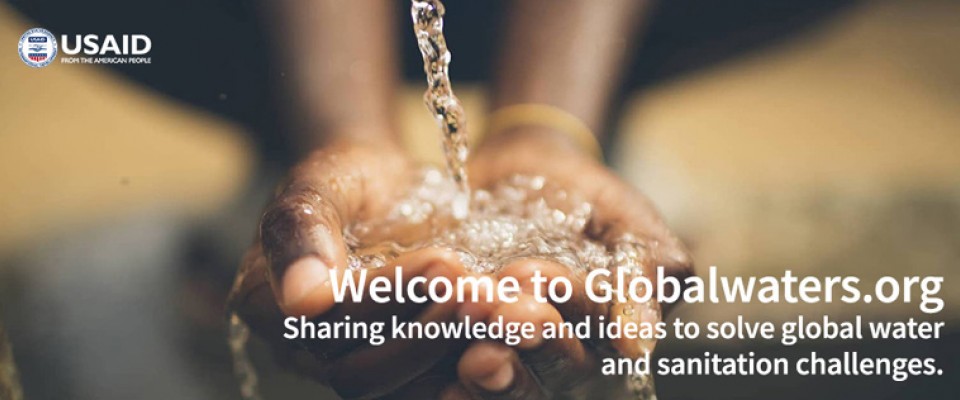
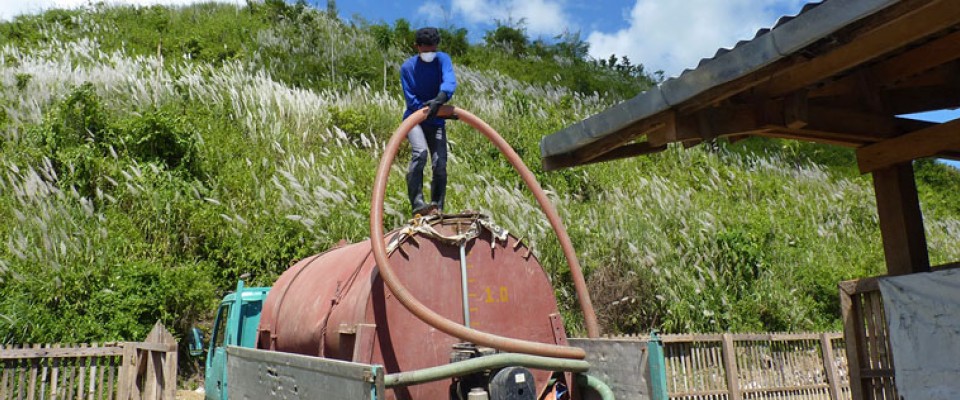

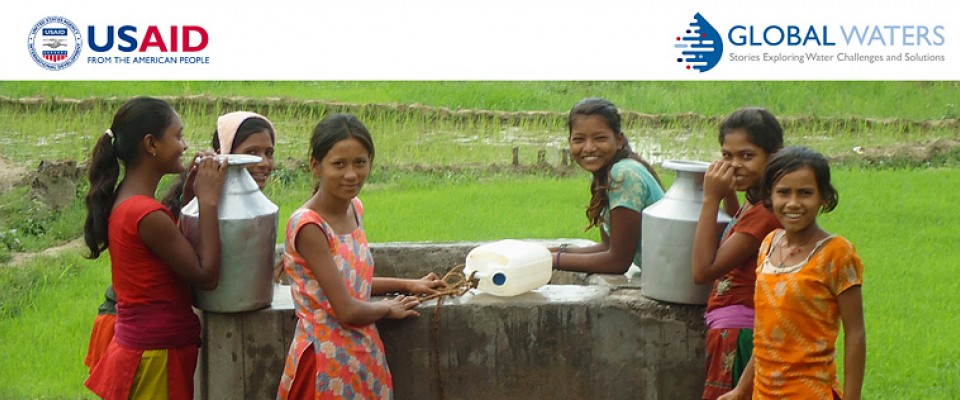
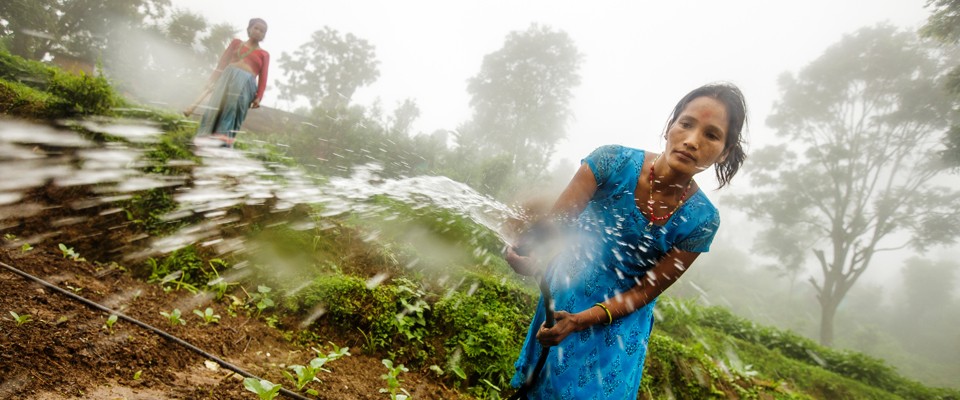
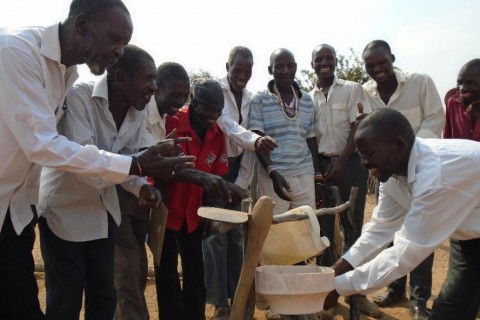
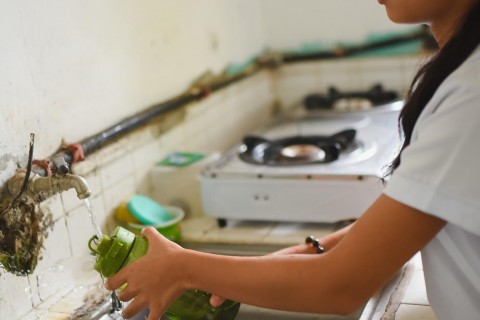
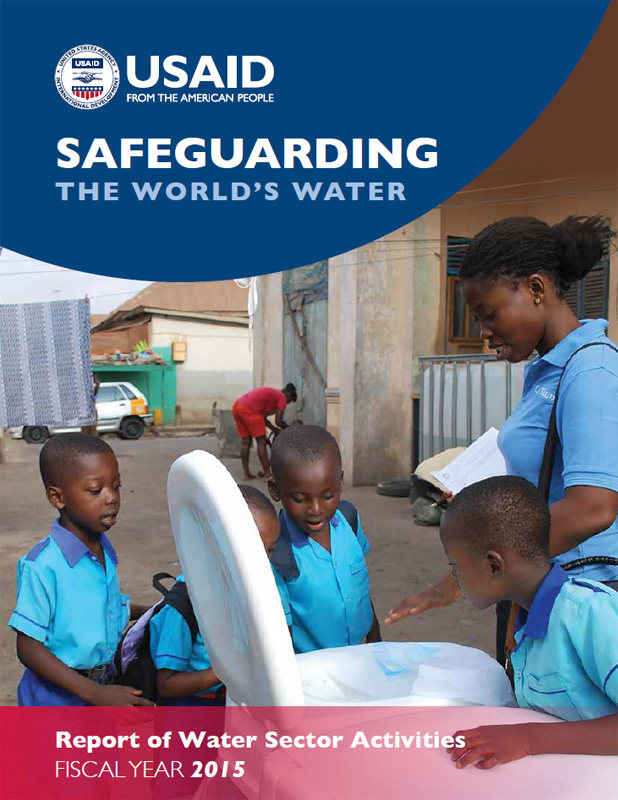
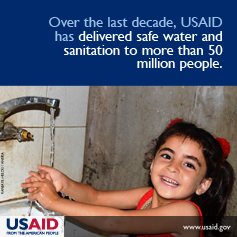
Comment
Make a general inquiry or suggest an improvement.